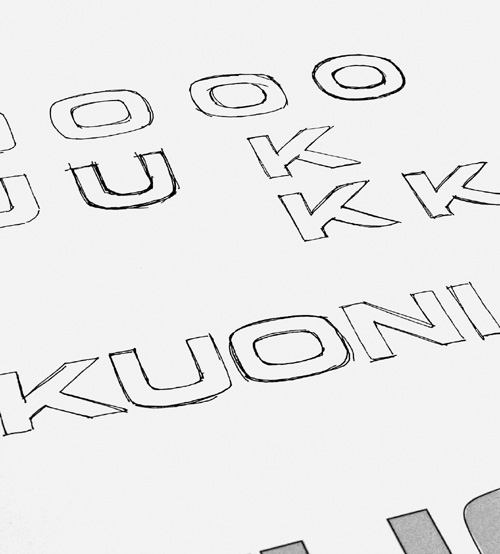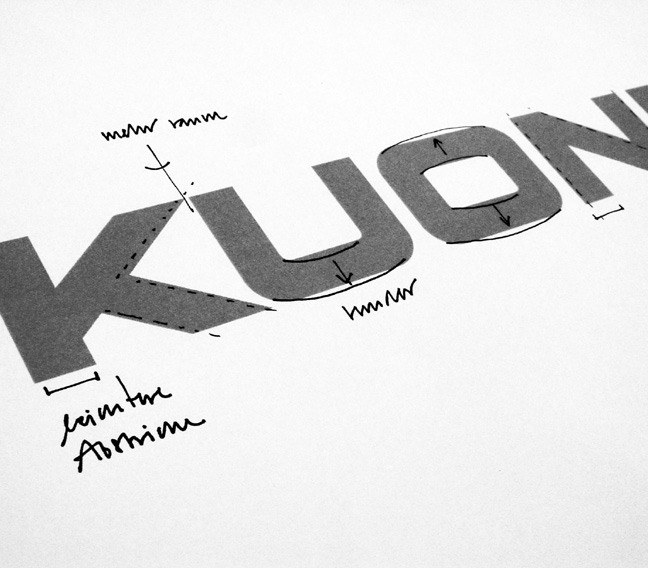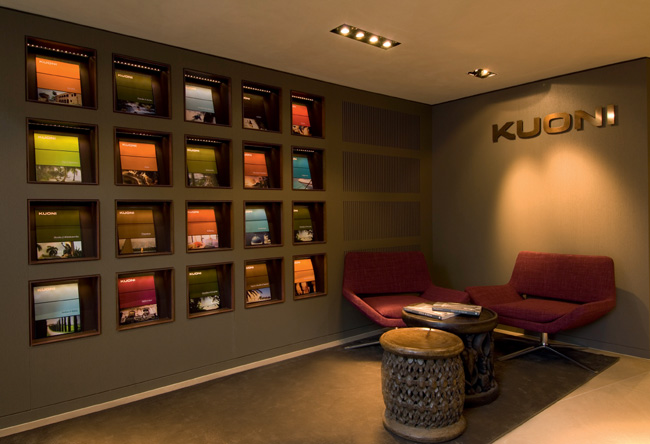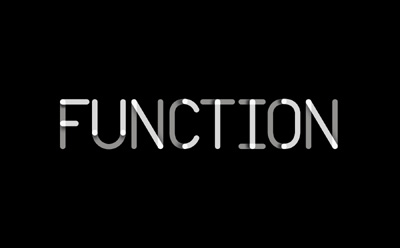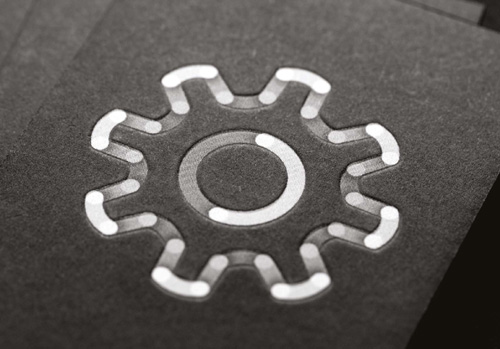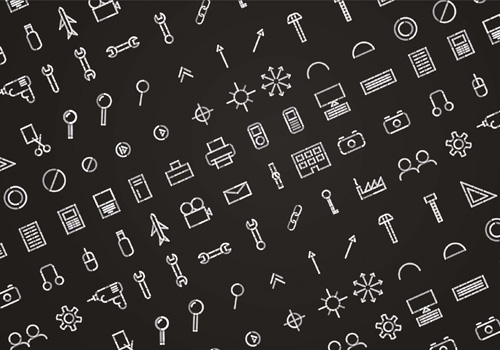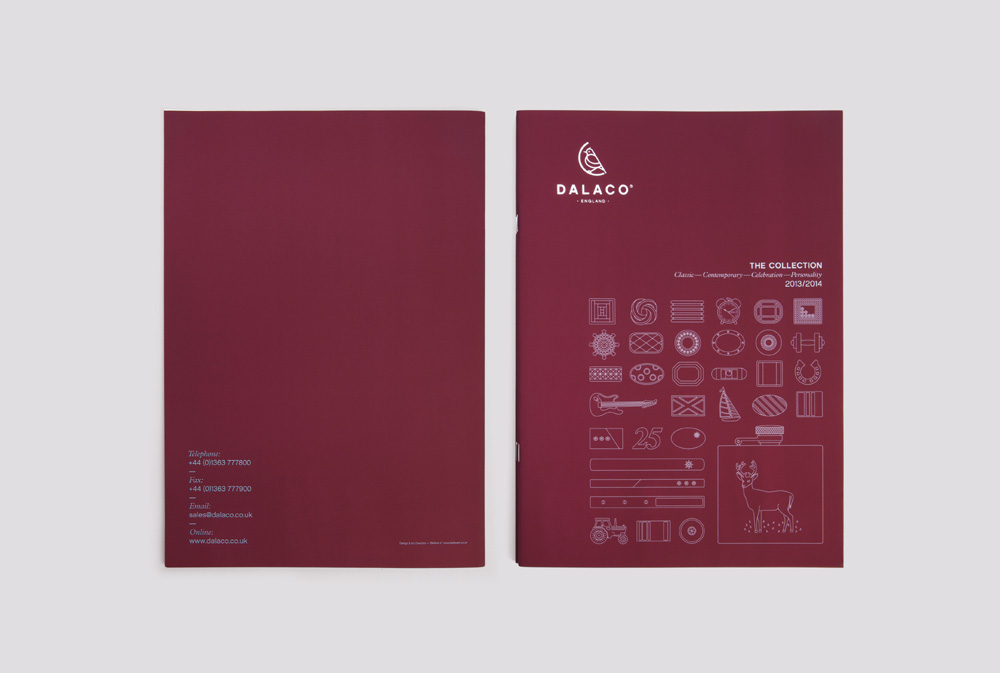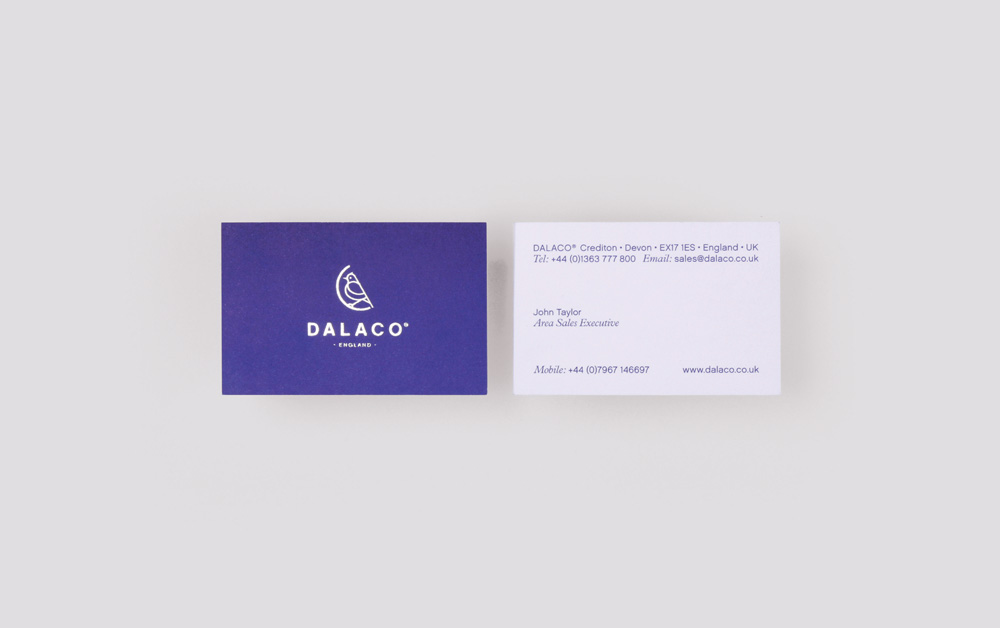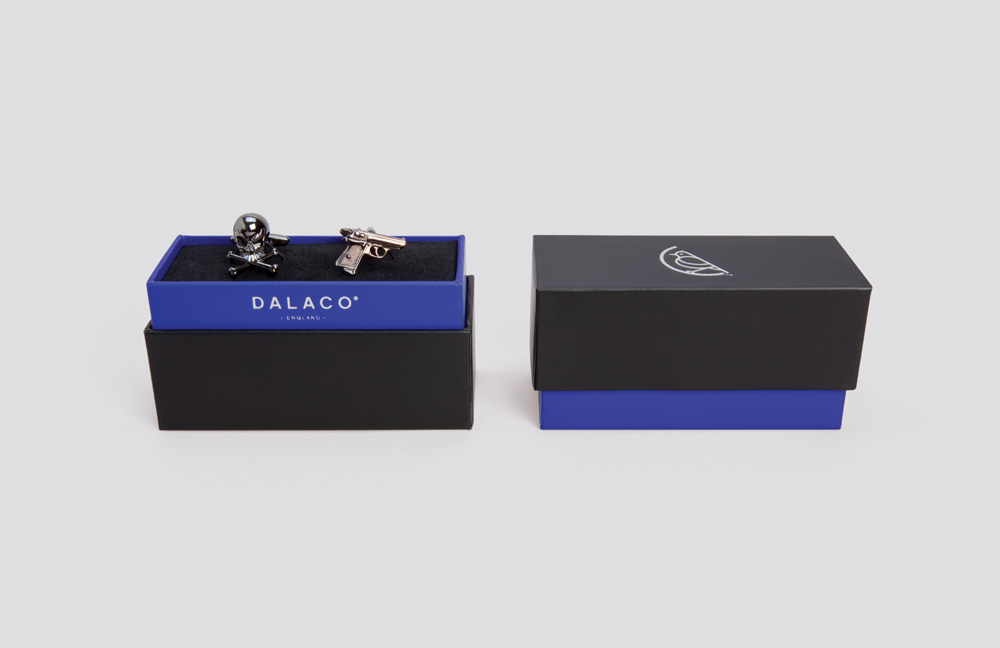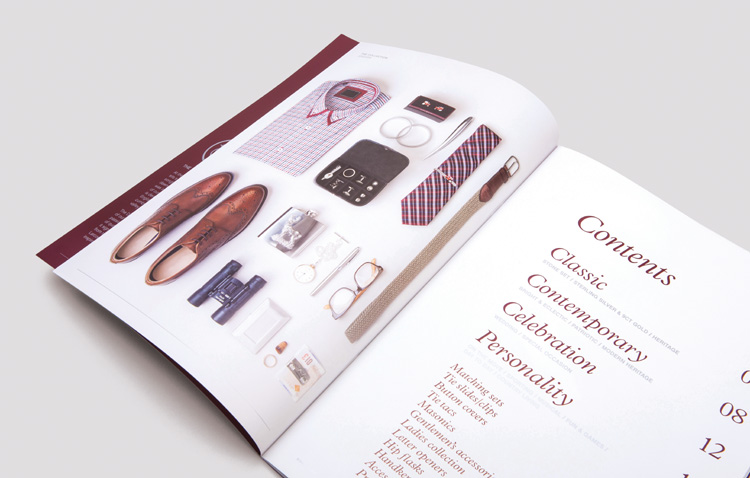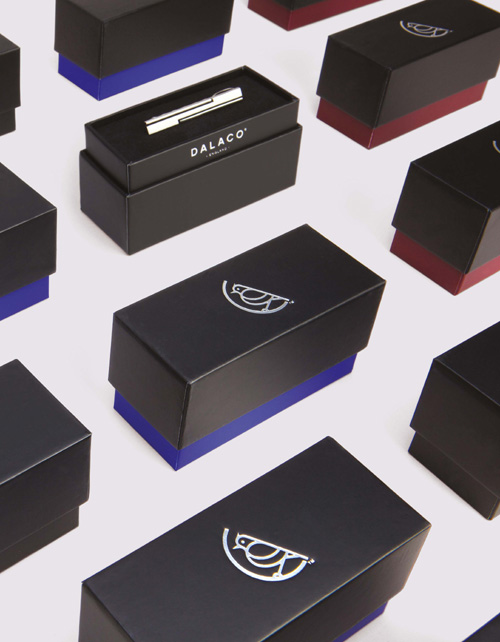Chapter nine. Staying motivated
Design inspiration is a bit of a cliché. I’m asked time and again where I find the inspiration to do my job, or how I stay inspired, but what we do, as designers, doesn’t need inspiration in the true sense of the word. The ability to successfully complete project after project comes from study, practice, and experience, as well as following a clearly defined set of steps—steps we’ve looked at in the preceeding chapters.
However, motivation, not inspiration, can sometimes be an issue. You’d be naive to think that your motivation won’t wane at some point during a long career in design. A seemingly never-ending project; overly harsh criticism from your peers; the discovery that, after weeks of work, your favorite design idea has already been created by someone else for a different company; or simply being stuck at your computer for hours on end every day—all or any one of these factors can suck the motivation out of you.
This chapter provides a range of motivational tips—some from me, and some from other designers—on how to keep your spirits up and the creativity flowing during tough projects.
Never stop learning
You’ll never know all there is to know about design.
Our profession is constantly evolving, so to stay in the game you need to evolve, too. To get a sense of where it’s headed, you need to look at where it’s been. There’s an incredible amount we can learn from iconic designers who came before us: people like Paul Rand (IBM, Westinghouse, ABC), Saul Bass (Continental Airlines, AT&T, Quaker) and Tom Geismar (Mobil, Chase, National Geographic). Those who have worked through a lifetime of design have amassed an incredible amount of experience, and I never tire of listening to their stories and anecdotes.
New York-based Ivan Chermayeff stays motivated because every client is different, each with their own customers. “What we do is learn about our clients and understand where their future lies before we start work,” said Ivan. “Then we design and enjoy the process of problem-solving enormously. We don’t pay tuition; we get paid instead. It’s not repetitive; it’s never boring.”
Showtime
By Ivan Chermayeff
In newspaper listings and TV guides, each station appears as a three-letter code: CBS, NBC, HBO, and so on. The shorthand for Showtime in these listings has always been SHO. This abbreviation inspired Ivan’s long-lived solution: he highlighted SHO in the name by shining a spotlight on it—a simple, appropriate metaphor for show business. And so the first three letterforms were reversed out of a perfect red circle.

My peers are one of my biggest sources of motivation. There are few things in design that push me to improve more than seeing and reflecting upon the identity work of others. I’ve learned that the most talented designers are those who have an interest in the broadest range of topics. I’ve already mentioned that you need to keep actively learning about the world, our history, and how we live our lives. Curiosity is a trait associated with all brilliant designers.
I asked Belfast-based designer Richard Weston of design blog Ace Jet 170 what keeps him motivated. His answer very much supports this notion of always learning.
“The thing I always come back to is, ‘Never think you know enough.’ A thirst for knowledge and experience fuels my work and, to be honest, makes my working life a whole lot easier,” said Richard.
“I’ve always had to deliver ideas and design work of a very high standard but, invariably, within a tight time frame and with an equally tight budget. I thrive under that kind of pressure but can only cope with it because I’ve made a point of learning and collecting loads of stuff. And it just keeps going. There’s always something relevant and new to learn; whether it’s about the disciplines we work within or the world at large. It’s one of the main reasons why this is such a bloody brilliant job.”
Be four years ahead
“I remember reading somewhere—and, sorry, I can’t remember who said it—that a designer’s tastes were seven years ahead of the general public,” said David Hyde of Studio Hyde. “And that the art of being a successful designer was to be four years ahead. It’s that elusive year four that still motivates me.”
Make a difference
MetaDesign’s CEO and managing partner Alex Haldemann has been kept motivated throughout his career by “solving very tough problems in competitive markets that have a strong impact on our clients and create incredible change.”
Don’t underestimate the value you bring to your clients.
Kuoni
By MetaDesign

Step away from the computer
As amazing as computers and the Internet are, they’re still just tools we use to achieve our aim—creating iconic design. Our best achievements are born from our thoughts and from interpreting the needs of our clients, neither of which has anything to do with the computer.
“Although this is no longer the case, our business used to be made up of people who could draw,” said designer Gerard Huerta. “This is how ideas were related to those who could not visualize. When you are stuck, walk away from the computer and draw. It will teach you how to see.”
When you’re fighting the urge to conceptualize design ideas at the computer, remember that design has been with us a lot longer than monitors and keyboards. Not just any design either, but design of a caliber to match or better what we can produce today.
So shut your computer down for at least the initial stages of a project. Think things through. Grab that pen and pad you carry and start making notes and sketching ideas.
Do it for yourself
“As a designer, I have found that I need to have creative experiences outside my client engagements, opportunities to create with no one to satisfy but myself,” said Jerry Kuyper of Connecticut-based Jerry Kuyper Partners.
“This allows me to listen and collaborate with my clients more effectively. I also remind myself to go outside—the graphics are amazing.”
Create something new
“I’m convinced that what compels people to become designers is when they learned that they had an aptitude for making something magically appear out of nothing,” said Pentagram partner Michael Bierut. “Whether it’s a blank piece of paper turning into a realistic drawing of a horse. Whether it’s a lump of clay that you could make into something that looked like a fun car. Whether it’s a bunch of pieces of paper that you can put through a printer and a comic book comes out the other end. Whether it’s a little animated movie that you can make on iMovie. Having nothing before and having something afterward, I can distinctly remember that thrill, that moment when I was a kid, and thinking, ‘Oh my god, if I was able to do this over and over I’d be the happiest person on earth.’”
The Fashion Center
By Michael Bierut, Pentagram, 1993
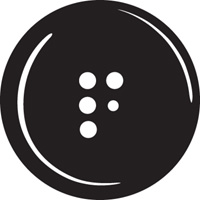
Reflect on your beginnings
I can see the journey I’ve taken as a designer when I look at my early work. My aim with each new project is to make it my best yet, so there’s a progression I’m going for that doesn’t stop. Ten years ago I was happy with what I was creating. That’s still the case with what I create today, but when I look at my work from 10 years ago, I can’t help but think about what I’d do differently to improve on a particular element or idea. You should try it, too. Dust off some of your earliest projects and compare them to what you’re working on now. It helps me to realize that I’m progressing. And that’s what it’s all about—doing what you love and enjoying it so much that you can’t help but get better at it.
Show relentless desire
“Every designer has a level of insecurity that can only be abated by the creative peer group respect or commercial success of their work,” said Martin Lawless, creative director at London-based 300million, the studio that closed its doors for the last time in 2012. “Sadly, the warm, fuzzy, proud feeling of security doesn’t last long. Sometimes, it’s as short as the length of time it takes to make the winding walk back from the awards podium to the table of smiling workmates and your half-drunk client.
“Motivation comes from the relentless desire to get back to that briefest pause on the mountaintop. It’s as simple and as hard as that.”
But don’t overwork yourself
Do you know that famous line from Stephen King’s The Shining? “All work and no play makes Jack a dull boy.” Just like in the movie, starving yourself of everything but work will only lead to unhappiness.
Stefan Sagmeister gives his life some balance by closing his New York studio every seven years in order to take a year-long sabbatical. It’s his way of interspersing his life with the retirement years he’s due, except he’s younger and more mobile, and can use his travel experiences when it comes to future design projects.
Function Engineering
By Sagmeister & Walsh
Creative direction: Stefan Sagmeister
Art direction and design: Jessica Walsh
Design: Wade Jeffree
Animation:
Joel Voelker

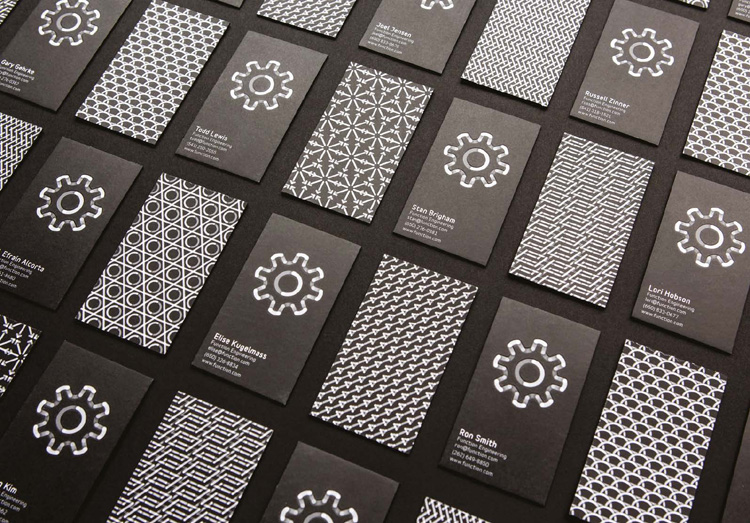
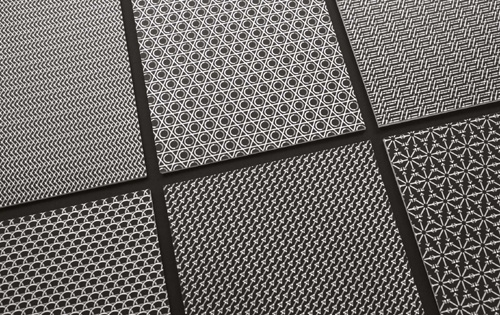
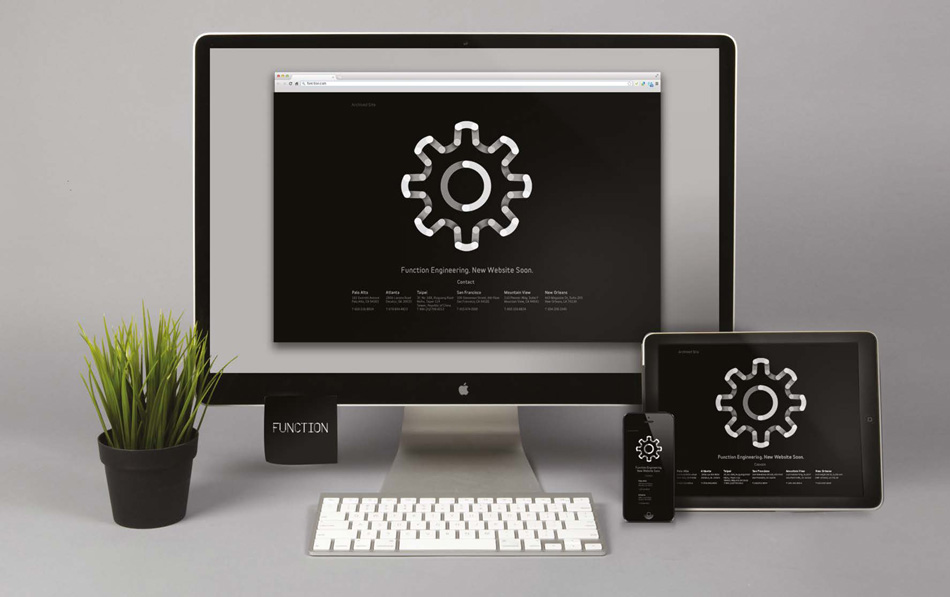
Keep asking questions
“We all get stuck as designers. Don’t forget that,” said Eric Karjaluoto of Vancouver-based smashLAB. “No matter who you are, the number of accolades you’ve received, or the past successes you’ve had, it’s still hard. You can look at this a few ways, but I largely take comfort in it.”
“Becoming a good designer is, in my mind, directly related to one’s curiosity and willingness to work,” said Eric. “If you keep asking questions and deliberately practicing your craft, you get better. It’s that simple. So when it feels difficult and you want to scream, grab a pencil and a big blank sheet of paper, and just start drawing. With each iteration you’re closer.”
Start as you mean to go on
When you’ve carefully prepared for a project by asking your client plenty of questions, it makes everything run more smoothly. But don’t stop this methodical approach once the questions are answered. Attending to and working through each step in a project will make things much easier for you in the long run. As strange as it might seem, skipping a step only creates more work for you down the road when your client hasn’t received the desired result.
Find common ground
“Perhaps one of the biggest killers of motivation in an identity project is client feedback,” said designer and author Armin Vit of UnderConsideration. “Specifically, client feedback that challenges in one way or another the solutions we have presented.
“But for the most part, this is where the real challenge of graphic design lies: finding common ground between you and your client in order to solve a visual problem.
“Remember that there are dozens of ways of visually solving any given problem, and most of them are equally valid.
“If the client has reservations about the size or color of something, try another 12 sizes or colors,” said Armin. “If the client doesn’t like what you showed her, try another dozen options. It doesn’t mean you have to show her all of them, but at the very least, do it for yourself. You owe it not just to your client, but to yourself. Explore.”
Use your deadlines
“A deadline can be a designer’s greatest single source of motivation,” said Blair Thomson of UK design studio Believe in.
It’s worth adding that your deadlines must be realistic, so always account for unexpected delays. Otherwise, you’ll put yourself under unnecessary stress.
Dalaco
By Believe in
Dalaco have been designing and marketing cufflinks and accessories to jewellers for over 30 years, with more than 1200 trade clients worldwide. When company founder David Larcombe sadly and unexpectedly passed away, his daughter Rachel was inspired to step in and lead the company into a new chapter.
The new visual identity clearly marks the passing of the business from one generation to another through the contemporary rendering of a lark, the classic English songbird that signals the dawn of a new day, inspired by the heritage of the family name “Larcombe.”
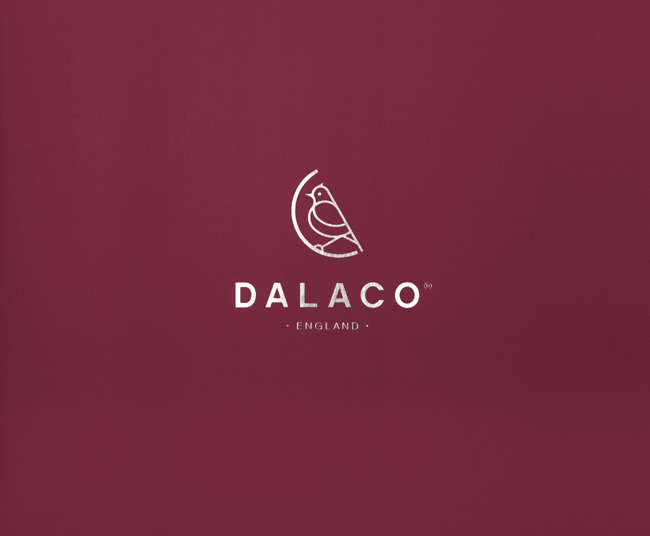
Blair went on to say, “We take time to think about projects completely away from our desks. Our best ideas often arrive when the mind is allowed to roam free. Sometimes walking away from something and coming back to it fresh is the best remedy. We also create the circumstances for ‘happy accidents’ to occur. Random collisions of people and thoughts that lead to a surprising place.”
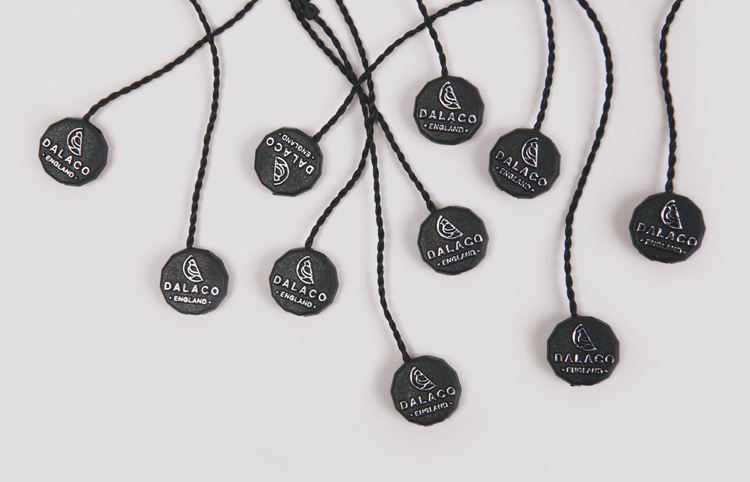
Think laterally
The brain forms routine patterns, in which the more we carry out the same task, the more ingrained and natural the pattern becomes. Before you know it, you’re in a rut.
One of my favorite authors is Edward de Bono, regarded by many as a leader in the field of creative thinking. “Creative thinking is a skill,” said de Bono. “It’s not just a matter of individual talent. It’s not just a matter of sitting by the river and playing Baroque music and hoping you get inspired. That’s very weak stuff.”
Just as you can learn how to speak another language, so too can you learn how to be creative. The aim of thinking laterally is to consider possibilities that are outside your normal train of thought.
How do you do this? I find that sketching each and every idea that pops into my head, and then studying the sketches with the design brief in hand, allows me to produce more sketches that wouldn’t have otherwise come to mind. Turn your design ideas upside down. Look at them from distance. Ask some-one to share some thoughts about your sketches. The more creative your ideas, the happier your client becomes, and the more satisfied you’ll be with the results.
Improve how you communicate
“The single biggest motivation killer for a young designer is the client who wrecks your designs with seemingly pointless changes and unjustified revisions,” said Adrian Hanft, creative director at Red Rocket Media Group in Colorado. “While design school has pumped you full of talent and technical knowledge, most people aren’t prepared to deal with the heartbreak that comes with the first time a client transforms your masterpiece into manure.
“To stay motivated, you need to look at every encounter with a client as an opportunity to improve the skills they didn’t teach you in school: how to communicate with people. As you get better at interacting with your clients, you’ll find that fewer and fewer of your designs get ruined and your great ideas aren’t being left on the cutting room floor.”
Manage your expectations
If you expect clients to be overjoyed with your work, you’ll miss the opportunity to be pleasantly surprised. In fact, you’re only leaving yourself open to disappointment. By maintaining modest expectations, constructive criticism from the client can be much easier to handle.
Always design
“Work on a design piece that really inspires you, whether it’s a book, magazine, business card, poster, website, anything that gets your juices flowing,” said Antonio Carusone of AisleOne. “Always design, even if you have no purpose. It keeps you fresh and motivated.”
Follow your bliss
Author and designer Maggie Macnab of Macnab Design offers some fitting advice: “There’s a certain integrity with staying true to your soul, and it carries into all avenues of your life.”
Swan Songs
By Maggie Macnab
Swan Songs fulfills musical wishes at the end of life by organizing private concerts for individuals with a terminal illness.

“If something isn’t working for you, find out why,” said Maggie. “Maybe you are in a learning curve and need further development before you can dovetail with it. Maybe it just really isn’t a fit and you need to move on. Always explore and discover. If you feel a quickening in your blood, it’s the first indication you’re on the right path. I don’t take projects that don’t spark me. Plain and simple.”
Simon Manchipp of London-based SomeOne agrees: “Work on things that interest you with people you like. It’s a very underwhelming statement, but is an overwhelming one when it isn’t the case. We really like to work on brands that are ‘making it’ rather than brands that have ‘made it’—it’s an entirely different experience. Do good work. Have fun. Make enough money to keep doing the first two.”
Step back
I once read that if you have change in your pocket you’re richer than 70 percent of the people on the planet. It’s a sobering thought that helps put our “Westernized” lives in context. In the grander scheme of things, I’m incredibly fortunate to have grown up in a secure family environment, with a roof over my head and food on the table.
How does this motivate me? I want the same for my daughter, and by pushing myself to become a better designer, I can attract more rewarding projects (both financially and emotionally), and help secure a stable future.
Never take financial security for granted, and step back once in a while to look at everything that’s positive in your life.
That’s motivation.
